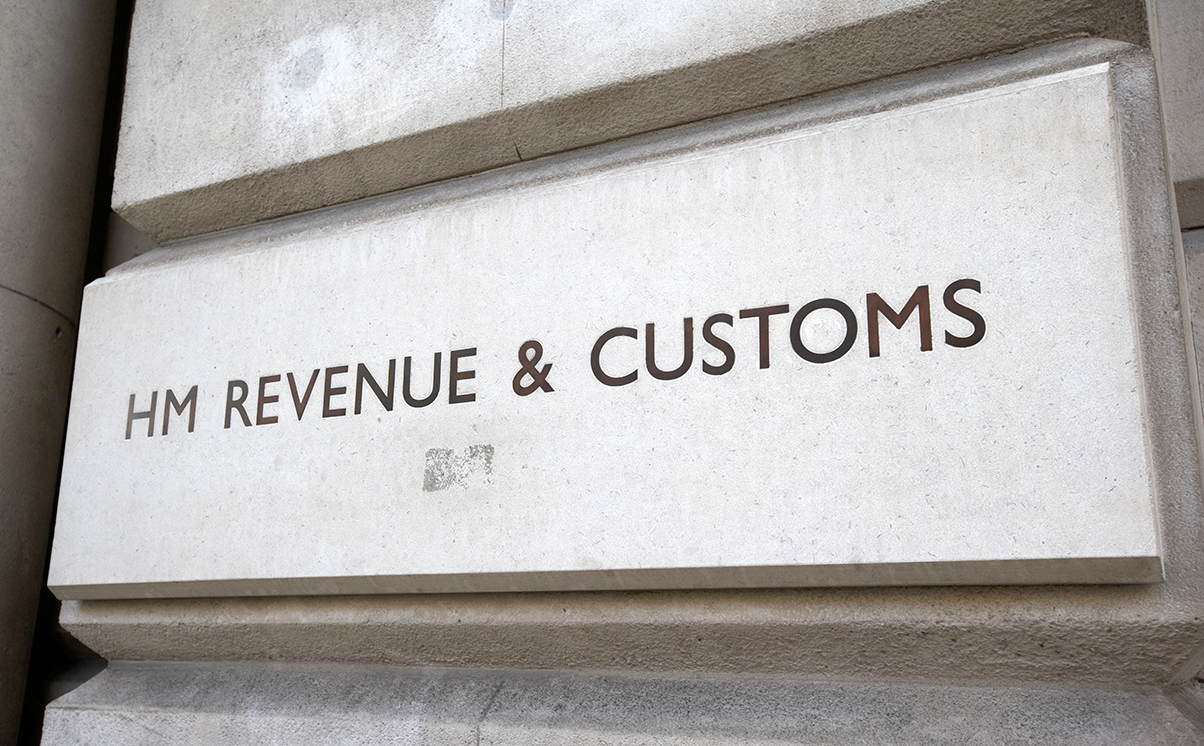Writing for the 1 August edition of Tax Journal, Giles Salmond considered a recent judgment of the Court of Justice of the European Union (CJEU) which looks at how intra-group contracts should be analysed and whether transfer pricing is relevant for VAT purposes.
It is usually straightforward to work out the VAT due on the supply of goods or services or the importation of goods based on the price paid by one party to the other for the supply or importation in question. However, where the parties are connected and input tax is not fully recoverable, the VAT code permits the tax authorities to look at the open market value to determine the VAT payable rather than that agreed by the connected parties, who may often adopt direct tax transfer pricing methodologies to justify the price payable. The recent judgment of the CJEU in Case C-808/23 Högkullen AB v Skatteverket considers the nature and valuation of intra-group management services.
The background
A Swedish holding company, Högkullen (which I gather translates as “the high hill”), is the parent of a real estate management group. It “actively manages” its subsidiaries by providing them with a range of services consisting of business management, financial, real estate management, investment, IT and staff administration. As a result, Högkullen is a taxable person and recovers all of its input tax, and charges its subsidiaries VAT on its management services. By contrast, the subsidiaries cannot recover all of the input tax charged by their parent, as some of their supplies are VAT-exempt. As Advocate General Kokott pointed out, if the VAT charged to the subsidiaries is lower than the VAT paid and recovered by the parent, then, overall, the corporate group benefits from a VAT advantage. Here, there was no VAT group.
The case goes back to 2016, when Högkullen charged its subsidiaries approximately £167,000 plus VAT for its services. This amount was determined using a transfer pricing cost-plus method by reference to the costs of purchasing and supplying on the services plus a profit margin. Högkullen excluded from this calculation what it called unrelated “shareholder” costs, being annual accounting, audit, capital raising and costs connected with a planned share issue and stock exchange listing. However, Högkullen recovered all the third-party VAT it incurred on these shareholder costs.
In 2016, Högkullen’s total costs amounted to just over £2m, half of which were subject to VAT. The balance consisted of either VAT-exempt costs or those outside the scope of VAT, such as salary costs.
This mismatch between the VAT recovered by the parent and the partly irrecoverable VAT paid by the subsidiaries prompted the Swedish tax authority to use its powers derived from Article 80(1)(a) of the VAT Directive (2006/112/EC) to consider whether the VAT charged by Högkullen to its subsidiaries was below the open market value (the “OMV”). Article 72 of the VAT Directive defines OMV. There is a two-stage approach. The first paragraph of Article 72 defines the OMV as equal to the amount a customer would pay to a supplier at arm’s length and under conditions of fair competition for comparable goods and services. If there is no comparable supply, the second paragraph of Article 72 defines the OMV for services as an amount that is not less than the full cost to the taxable person providing the service.
The tax authority argued that as there were no comparable services freely available on the market to the range of management services provided by the parent to its subsidiaries, the OMV for the management services was equal to the total amount of all costs borne by Högkullen during 2016. The tax authority asserted that all costs had to be included in the valuation since Högkullen had recovered all the VAT it incurred as attributable to its only downstream taxable services, being the management services provided to its subsidiaries. Högkullen argued that the various management services provided to the subsidiaries should be considered separately, as equivalent services were freely available on the open market. Therefore, a comparable arm’s length price could be ascertained. In accordance with the first paragraph of Article 72, it argued that the direct tax transfer pricing cost-plus method it used was at least equal to the costs it incurred in providing the various management services, rather than its total costs.
The battleground, therefore, was whether the taxable amount was the consideration paid by the subsidiaries according to Högkullen’s transfer pricing cost-plus method or a higher amount, as argued by the tax authority.
Are intra-group management services unique, with no comparable services?
The first question referred to the CJEU concerned the tax authority’s assertion that the management services should be considered a single “joined-up service” in relation to which there was no comparable price for such a service on the open market.
The CJEU rehearsed the familiar case law, which states that there is a single supply where (a) a number of elements or acts supplied to a customer are so closely linked that it would be artificial to split them, and (b) where one or more elements constitute a principal supply while other elements are ancillary.
The court reiterated that whether a single price or separate prices are contractually provided is not decisive. The court stated that in the context of intra-group supplies, the fact that an overall price was paid by each of the subsidiaries to Högkullen was not decisive, since otherwise the group would itself be able to influence the VAT classification to be given to those intragroup services by means of the remuneration arrangements agreed between the parties.
In light of its single/multiple supply case law, the CJEU held that, as a matter of principle, the range of services that made up the management services provided by Högkullen to its subsidiaries did not, objectively, constitute a single, indivisible economic supply, as the Swedish tax authorities had argued. The CJEU, at [33], agreed with Advocate General Kokott that, in the context of intra-group management services, even when they are provided together for a single price, they do not constitute a single supply if the component services are identifiable and have their own distinct character.
On that basis, the court found that the active management services provided by a parent to its subsidiaries could not, in all situations, be regarded as a single unique supply. If this were the case, it would preclude the OMV from being determined using the comparison valuation method set out in the first paragraph of Article 72.
Although the CJEU was not definitive as to the nature of intra-group supplies of services, leaving it to the national court to determine on the facts, it certainly suggests that management services can be broken down into discrete, identifiable services, particularly where they are bought in and supplied on.
Two UK tax tribunal cases
Although in a different context, it is noteworthy that this approach to analysing intra-group services is somewhat different to that of the First-tier Tribunal (Tax Chamber) (the “FTT”) and the Upper Tribunal (Tax Chamber) (the “UT”) in the recent case of JPMorgan Chase Bank NA v HMRC [2025] STC 1155. In that case, the UT upheld the FTT’s decision that it was appropriate to take a holistic single-supply approach to the infrastructure and support services provided by the US-regulated bank to its various group entities, including its UK company, which provided its clients with access to the global financial markets.
The services in that case were lumped into two. First, “Business Delivery Services” (including pricing, valuation and transaction execution of various financial services and front office technology and operations services, including the clearing and settlement of trades) and secondly, “Support Services”, such as HR, payroll and tax services.
The UT rejected JPMorgan’s case that it provided multiple services (some of which were VAT exempt) and that the intra-group contracts were not definitive, being produced with transfer pricing and regulatory considerations in mind. The UT favoured the FTT’s approach that “taking the contractual documents as a whole” the UK entity received from the US bank a single supply of “… everything that… it needs to enable it to achieve its aim of regulatory compliant trading in global markets” (see [2025] STC 1155 at 1169[56]).
These cases are factually different, but it is noteworthy, in my view, that the CJEU felt able in Högkullen to identify the individual elements of the intra-group management services designed to enable its subsidiaries to carry on business, even though they were provided together as one holistic service. By contrast, the UT determined that the FTT was correct to analyse the disparate range of services in JPMorgan as a single supply rather than as distinct supplies in their own right.
What is the value of intra-group management services?
The second question was based on the premise that, in the case of “active management” by a parent company of its subsidiaries, there is no comparable service freely available on the market. As the court had answered the first question on the basis that active management was not, in all situations, a single supply, it did not answer the second question on how the OMV is calculated. However, it is apparent, in my view, that the court is signalling to the referring court that as there are comparable services on the open market when one breaks down the component “active management services” into business and real estate management, IT, staff administration services and so on, then one must use an arm’s length value that the customer would have to pay its supplier.
The full costs incurred by Högkullen in 2016, as the tax authority argued for, were too high. According to the advocate general at [69], this would lead to a distorted result since it took into account costs that were not related to the management of the subsidiaries.
However, the price paid by Högkullen to its third-party suppliers in order to on supply its active management services is a comparable arm’s length price that may be applied to ascertain the OMV for each of the individual services. That was the view of the advocate general, at least. She said that insofar as the holding company has purchased the services provided to its subsidiaries from arm’s length third parties, there is no apparent evidence to suggest that the consideration paid should not be regarded as the market value comparison price (see the advocate general’s opinion at [46] to [49]). As there is a comparator, there is no need to calculate the OMV using the cost-plus method, or indeed the costs of providing the services in terms of the second paragraph of Article 72.
This VAT valuation approach of the CJEU also appears to differ from that of another UK case, namely Jupiter Asset Management Group Limited v HMRC [2021] UKFTT 0096 (TC). This case concerned the VAT on management services provided by one VAT group to another VAT group, both of which consisted of members of the Jupiter corporate group.
The issues in that case also concerned consideration of OMV and Articles 72 and 80 of the VAT Directive. The FTT found that there was no comparable service supplied between the parties. The FTT in that case at [170] held that there was “no basis in the terms of Article 72 of the Directive (or, for that matter, Section 19(5) of the VATA) for seeking to break down what was, in essence, a single integrated supply into its constituent parts and then to identify comparables for those constituent parts individually”.
On this basis, the FTT went on to say that the second paragraph of Article 72 applied, which it said was the full cost to the supplying VAT group of making the supplies. In that case, the FTT rejected the argument that direct tax transfer pricing valuation methodologies must be used. It found that the full cost of providing the management services was both the input tax-bearing costs and non-input tax-bearing costs that were used by one VAT group to make the supplies of management services to the other. Here again, we see the FTT using a holistic single supply approach to intra-group management services in contrast to the CJEU’s separate supplies for management services approach in Högkullen.
Conclusion
The CJEU has given some helpful guidance on how to approach intra-group services, not only as to whether they may be regarded as single supplies or multiple supplies, but also how they may be valued. Although intra-group contracts may be drawn up with direct tax transfer pricing principles in mind, the CJEU, in this case, highlights that those direct tax methodologies may not be applicable in the context of working out the VAT payable. The CJEU will be touching on this topic again in Case C-726/23 SC Arcomet Towercranes SRL. The judgment is awaited, but the advocate general has given an opinion that intra-group transfer pricing adjustments between parent and subsidiary and sometimes vice versa, depending on the subsidiary’s operating profit, can amount to supplies for consideration that are subject to VAT.
As is so often the case in the VAT world, each case will depend upon its own facts. However, Högkullen demonstrates the importance of examining intra-group contracts and transfer pricing methodologies that may have been used to value supplies and how they may apply (or not) to the world of VAT.
You can find further information regarding our expertise, experience and team on our Tax Litigation and Resolution page.
If you require assistance from our team, please contact us.
Subscribe – In order to receive our news straight to your inbox, subscribe here. Our newsletters are sent no more than once a month.





